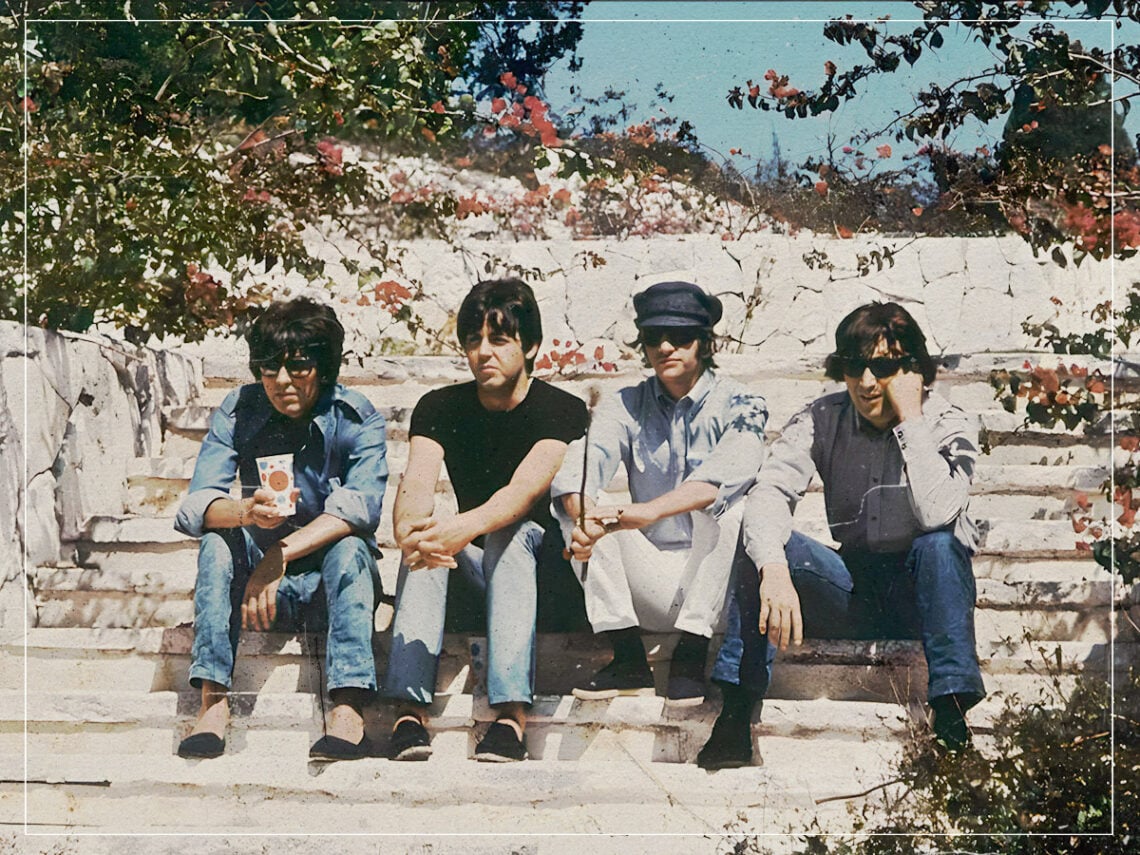There is no definitive answer as to whether or not parallel universes exist. It has been confirmed by scientists that we are simply in a position where we likely won’t ever know whether or not these universes exist, as it is impossible to find out how we would get there. It’s one of those things that we can never be sure about…or can we be? And does the answer to our question lie within The Beatles?
This is the story of Everyday Chemistry, an album that shouldn’t exist and yet does. The theory behind parallel universes is that there are infinite universes like ours, but with details changed. This could be the smallest of details or the biggest of changes. It’s a theory that has been explored in cinema a fair bit recently thanks to Spiderman’s No Way Home and the hit film Everything, Everywhere, All At Once, but it’s a theory that has been inspiring scientific fact and fiction for decades now.
A (allegedly) tangible piece of proof that stands as evidence these universes exist comes in the form of an album called Everyday Chemistry. It is the stolen property of a man named James Richards, which he claims was taken from another universe that he travelled to. Whether or not you wish to believe his story is up to you, but here it is.
Richards claims that one day, he was hiking with his dog in the desert. While out there, he fell, hit his head, and passed out. When he woke up, he did so in a strange new place next to an unfamiliar machine. A man called Jonas was standing next to it, looking after Richards and repairing his wounds. Jonas explained to Richards that he was from another universe, which sparked a conversation where they compared worlds.
They spoke about their hobbies, politics, the laws in each of their respective universes and the music that they both listened to. This led to the revelation that The Beatles had managed to make it big in Jonas’s universe, too; however, unlike here, the band never split up and released several other albums.
These were good albums, all on cassettes, as the CD had never taken off in Jonas’s universe. Jonas said that Richards couldn’t take any of them home with him; however, Richards pocketed a cassette called Everyday Chemistry, which he brought back to his own universe upon his return.
This album can now be listened to, but whether or not its origin is, as the owner says, is another story. The theory of multiple universes will remain just that—a theory, but for those of you who are desperate for proof that there are over worlds out there, your answer to this branch of theoretical physics, surprisingly, lies in chemist.

